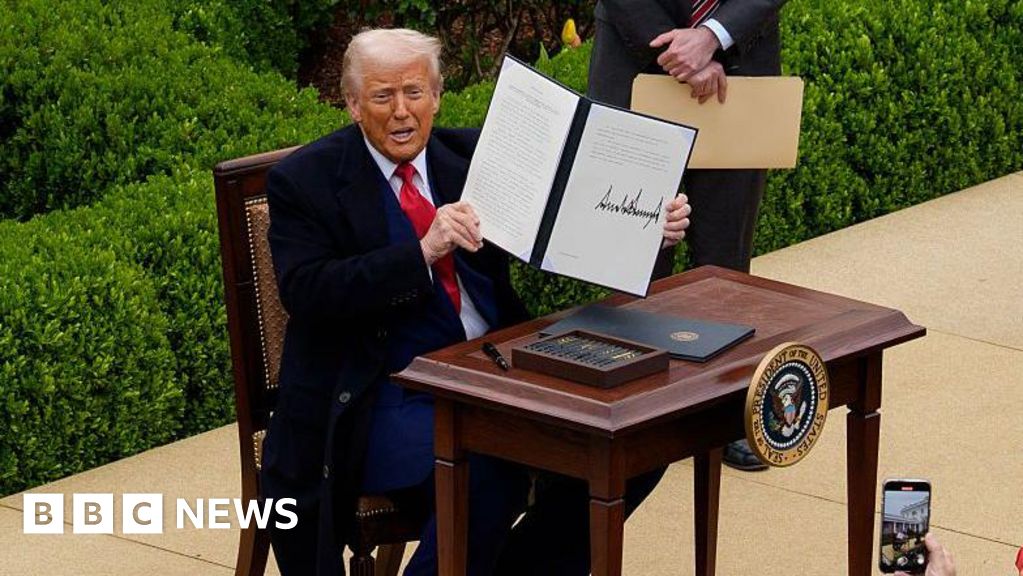Key Takeaways
- Bonding curves set token prices based on supply, keeping liquidity available and reducing manipulation in decentralized markets.
- Decentralized exchanges, DAOs, NFT platforms, and tokenized assets use bonding curves to maintain fair and dynamic pricing.
- Front-running, price manipulation, smart contract vulnerabilities, and scalability challenges remain concerns developers actively address.
- Projects must secure smart contracts, improve transaction efficiency, and manage liquidity effectively to keep bonding curves stable.
If you’re wondering whether token prices adjust on their own, the answer isn’t straightforward. In traditional finance, prices change based on supply and demand, but the process depends on centralized entities like exchanges, banks, and market makers.
These institutions use algorithmic trading and automated market-making (AMM), but they still follow predefined rules and require oversight.
Bonding curves work differently in decentralized finance (DeFi). Instead of relying on order books or human intervention, smart contracts adjust token prices using a mathematical formula tied to supply.
This article explores how bonding curves work, their advantages and risks, and their impact on decentralized markets. It covers key use cases in DeFi, the different mathematical models behind bonding curves, and the challenges developers must solve to keep them effective.
What Are Bonding Curves?
Bonding curves are mathematical formulas in economics that determine the price of an asset based on its supply. As more units of the asset become available, the price increases along a predefined curve. When supply decreases, the price drops.
The concept started in economics to model supply and demand relationships. Businesses and financial markets used similar models to set dynamic pricing mechanisms to determine how asset values change based on availability. These formulas helped predict pricing shifts when goods or services become scarce or abundant.
The crypto industry later adapted bonding curves to automate token pricing without centralized control. The formula ensures liquidity and prevents price manipulation in blockchain systems by setting a deterministic relationship between token supply and price.
How Bonding Curves Work in Crypto
Simon de la Rouviere, a blockchain developer and early Ethereum contributor, introduced bonding curves to crypto in 2017 through curation markets or systems where participants stake tokens to support content, projects, or ideas.
In crypto, bonding curves set token prices in blockchain systems based on supply. As more tokens enter circulation, the price rises. When tokens are removed from the market, for example, through burning, where they are permanently destroyed, or a project repurchases them, the price drops.
One example is a decentralized platform where users buy non-fungible tokens (NFTs) linked to an artist’s work. As demand grows, the token price increases, rewarding early supporters.
Why Bonding Curves Matter in Tokenomics and DeFi
Bonding curves automate pricing without central control. The formula sets the cost of acquiring new tokens and regulates supply.
In decentralized finance (DeFi), bonding curves help projects distribute tokens fairly, control inflation, and maintain stability in token economies. They also prevent price manipulation by following a transparent mathematical formula that adjusts prices as tokens are bought or sold.
How the Bonding Curves Formula Works
Bonding curves use mathematical models to determine token prices based on supply. The most common models include:
- Linear curves: The price increases at a constant rate as more tokens are issued. This model keeps pricing predictable and works well for stable systems.
- Exponential curves: The price rises faster as supply grows. Early tokens cost less, while later ones become more expensive. This model rewards early adopters and discourages late speculation.
- Logarithmic curves: The price jumps early but slows as more tokens enter circulation. This structure helps projects attract early buyers while keeping long-term prices stable.
- Custom curves: Some projects create unique pricing models based on token utility. A platform may offer early discounts, introduce price caps, or adjust pricing based on demand, governance decisions, or other external factors.
In blockchain systems, smart contracts automate bonding curves. The contract stores the formula and executes token swaps, ensuring that prices follow a set structure. There is no need for manual intervention.
This automation allows bonding curves to power decentralized applications, ensuring liquidity, controlling supply, and preventing manipulation.
Use Cases of Bonding Curves in Web3
Several Web3 applications use bonding curves to manage supply and demand efficiently. Below are some examples:
- Decentralized exchanges (DEXs): AMMs like Uniswap and Balancer use bonding curves to set token prices without order books, which are traditional systems that match buyers and sellers. Instead of relying on bids and asks, these platforms adjust prices based on liquidity pool balances. When users buy tokens, the price increases. When they sell, the price decreases. This model ensures continuous trading and reduces the risk of price manipulation.
- DAOs and governance tokens: Decentralized autonomous organizations (DAOs) use bonding curves to manage token issuance and governance power. As more members join and buy governance tokens, the price rises. When members leave and sell, the price drops. This dynamic pricing model helps DAOs regulate participation and prevent whales from gaining excessive control too quickly.
- NFT pricing models: Some NFT platforms use bonding curves to set prices for digital collectibles. Instead of fixed prices or auctions, bonding curves adjust prices based on demand. A collection may start with NFTs at low costs, but as individuals buy more collection pieces, the price rises. This model rewards early buyers and increases value as scarcity grows.
- Tokenized assets: Projects that tokenize real-world assets like real estate, commodities, or stocks and synthetic tokens, blockchain-based representations of assets, use bonding curves to set prices based on demand. Instead of fixed valuations, the price increases as more investors buy in. This model makes early investments more accessible while ensuring liquidity.
Bonding curves create automated, transparent pricing systems that adjust to market activity. They power Web3 applications by ensuring liquidity, balancing supply and demand, and reducing reliance on centralized pricing models.
Limitations of Bonding Curves
Previous sections have covered some of bonding curves’ main advantages, including how they automate pricing and reduce manipulation.
However, they are not immune to risks. Smart contract security and scalability can create challenges, while front-running, price manipulation, and volatility remain concerns in certain situations. Smart contract vulnerabilities: Bugs or exploits in the contract’s code can interfere with bonding curve functions, leading to incorrect pricing, drained liquidity pools, or loss of funds.
- Scalability concerns: Bonding curves must efficiently handle high transaction volumes. If the system is not optimized, delays and high gas fees can impact trading and limit adoption.
- Front-running: Traders can exploit bonding curves by placing transactions before others to benefit from predictable price changes. This is common in blockchain networks where transaction order depends on gas fees, allowing those who pay more to gain an unfair advantage.
- Price manipulation: Bad actors can artificially inflate or deflate token prices by rapidly buying and selling large quantities. This can mislead investors and create misleading market trends.
- Unpredictable volatility: Small trades can cause sudden price swings in low-liquidity markets. This instability can make it harder for projects to maintain a stable token economy.
Future of Bonding Curves in Crypto
Advancements in technology, regulation and refinement of models will shape bonding curves in DeFi and beyond.
Future models may introduce adaptive curves that respond to market conditions in real-time.
Additionally, machine learning and analytics driven by Artificial Intelligence (AI) could improve bonding curves by predicting liquidity needs and adjusting pricing dynamically.
In DeFi, this could improve AMM, optimize staking rewards, and balance fluctuations related to supply and demand.
Finally, as bonding curves become more common in token sales and decentralized applications (DApps), regulators may introduce legal frameworks to ensure transparency and prevent misuse.
Conclusion
Bonding curves are powerful tools that automate token pricing, ensure liquidity, and reduce reliance on traditional order books. They have become essential in decentralized exchanges, DAOs, NFT pricing models, and tokenized assets. While they introduce risks such as front-running, price manipulation, and smart contract vulnerabilities, developers continue refining their models to improve stability and scalability.
These pricing mechanisms show how traditional economic models can be adapted to blockchain, transforming fixed pricing into decentralized, self-regulating systems. Unlike traditional markets, intermediaries control supply and pricing, bonding curves respond to crypto’s decentralized nature, creating automated and transparent value distribution.
As crypto continues to evolve, bonding curves will remain essential in expanding decentralized finance and digital asset economies.
FAQs
Can bonding curves be used outside of crypto?
Yes, bonding curve models could be applied in areas outside of blockchain, such as crowdfunding, prediction markets, and digital asset pricing.
What happens if a bonding curve contract is exploited?
A bonding curve smart contract vulnerability can disrupt pricing, drain liquidity pools, or cause users to suffer significant losses.
Are bonding curves suitable for all crypto projects?
Not necessarily. While bonding curves work well for automated pricing, some projects may require fixed pricing models or alternative distribution methods.
Was this Article helpful?

















